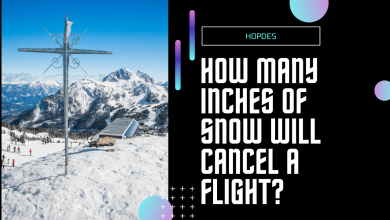
Ever had your ears clogged after a flight, particularly when you were sick? This can happen to the best of us and it can be an uncomfortable and frustrating experience. The combination of air pressure changes during a flight and congestion from a cold can be painful and heavy, leading to that annoying feeling of clogged or blocked ears.
50% of air travelers experience some form of ear blockage during a flight.
However, this won’t be a problem anymore! Hopdes’ travel desk brings you the ultimate guide to unclogging your ears after flying with a cold. Following these tips, you’ll never have trouble unclogging your ears.
Why Do My Ears Clog After Flying With a Cold?
Ear barotrauma is a painful condition caused by a rapid or extreme change in air pressure between the environment and the middle ear. It commonly occurs during activities such as flying in an airplane, scuba diving, or driving in high-altitude areas.
When you have a cold, your Eustachian tubes, which are small passages that connect the middle ear to the back of your throat, can become blocked or swollen. These tubes are responsible for equalizing the pressure between the middle ear and the external environment.

When you fly, the change in altitude and air pressure can affect these already compromised Eustachian tubes and this sometimes leads to a feeling of clogged ears. The pressure inside the cabin decreases as the plane ascends which causes the air inside the middle ear to expand.
If the Eustachian tubes are congested or inflamed due to a cold, they may not open properly to equalize the pressure. As a result, one might have a sensation of ear fullness or clogging. With ear barotrauma and cold coming in together, the feeling is quite discomforting.
Several medical studies have explored the link between air travel and clogged ears. For example, a study published in the National Library of Medicine suggested that “Changes in air pressure during flying can cause ear-drum pain and perforation, vertigo, and hearing loss. It has been estimated that 10% of adults and 22% of children might have changes to the eardrum after a flight, although perforation is rare. Symptoms usually resolve spontaneously.” Adding cold to the list of problems only makes it worse.
How To Unclog Ears After Flying With A Cold?
When it comes to unclogging ears after flying with a cold, there are various effective methods available. These techniques include the Valsalva Maneuver, the Toynbee Maneuver, steam inhalation, using substances like olive oil or hydrogen peroxide, as well as sucking on candy or chewing gum.
However, one commonly used approach involves the application of a warm cloth. By dampening a washcloth with warm water, wringing out the excess, and placing it on the ear for 5 to 10 minutes, the warm compress helps to promote drainage and alleviate fluid buildup in the ear.

Waiting for the discomfort to subside naturally may not be ideal, especially if you have an upcoming flight and want to avoid the potential pain associated with flying while experiencing clogged ears.
Instead, employing safe and natural methods to clear the eustachian tubes and facilitate fluid drainage can provide relief.
These techniques are particularly useful when dealing with a lingering cold or sinus infection before a flight.
Valsalva Maneuver
The Valsalva Maneuver is a recommended method to unclog ears after flying with a cold. According to medical specialists at Healthline, you can follow these steps to perform the Valsalva Maneuver:
- Apply pressure to your nostrils by pinching them closed
- Ensure your mouth is fully closed
- Forcefully exhale while keeping your nose and mouth closed
- Bear down, as if you are having a bowel movement
- Hold this position for 10 to 15 seconds
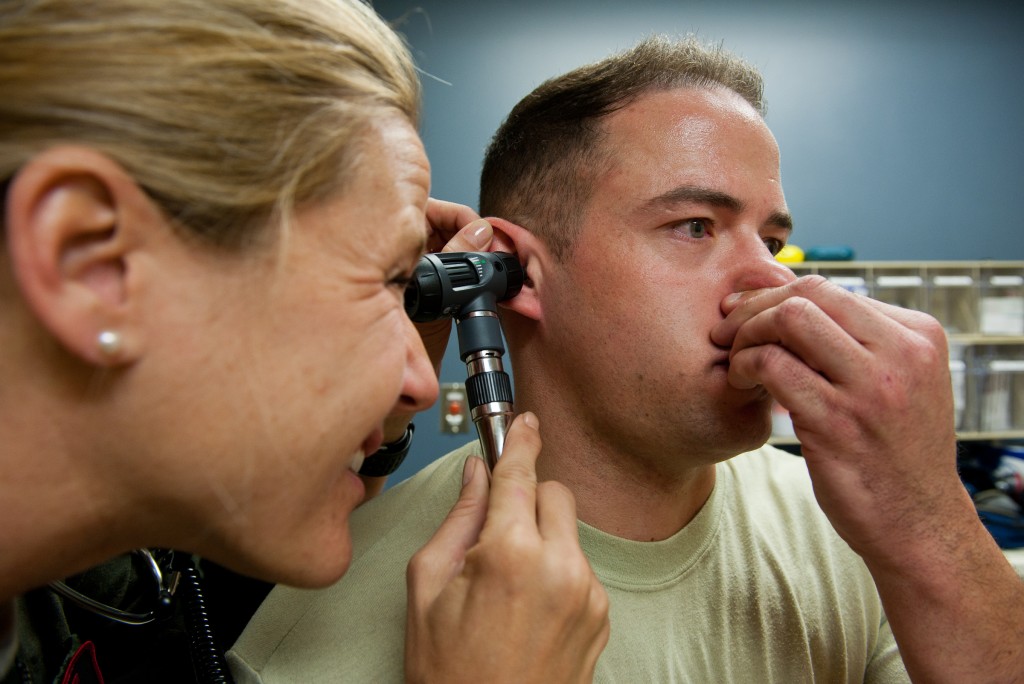
The action of creating pressure in the back of the nose during the Valsalva Maneuver can open the eustachian tube and equalize the pressure, as mentioned by Mayo Clinic. However, it is important to exercise caution and avoid blowing too hard to prevent damage to the eardrums.
A study published in the National Library of Medicine recommends performing the Valsalva Maneuver every 3 minutes, up to 4 times, while in a reclined sitting position. It is advised not to exceed 4 repetitions of the maneuver.
It’s important to note that using the Valsalva Maneuver may cause a rise in pressure behind the eyes, as cautioned by medical specialists at WebMD. It is not recommended for individuals with retinopathy (damage to the retina) or those with an implanted lens. It is crucial to be cautious and avoid excessive force to prevent the risk of rupturing an eardrum.
Suggested Reading: Why Do My Feet Swell When I Travel?
Toynbee Maneuver
The Toynbee Maneuver is a recommended technique for equalizing middle ear pressure after flying with a cold.
To perform this maneuver, follow the below-mentioned steps.
- Find a quiet and comfortable place: Sit or stand in a quiet area where you can focus on the maneuver without any distractions.
- Swallow or yawn: Start by swallowing or yawning a few times. These actions help to open up the Eustachian tubes, which connect the middle ear to the back of your throat.
- Pinch your nostrils: Using your fingers, gently pinch your nostrils closed. Make sure to apply enough pressure to fully close your nostrils but not too much to cause discomfort.
- Close your mouth: With your nostrils pinched, keep your mouth closed. This step is important to create pressure within your ears.
- Swallow again: While keeping your nostrils pinched and mouth closed, swallow. This action helps to regulate the pressure and push air into the Eustachian tubes.
- Release your nostrils: After swallowing, release the pressure on your nostrils. You may feel a small pop or a sensation of relief as the Eustachian tubes open up, allowing air to equalize the pressure in your ears.
- Repeat if necessary: If you still feel the clogged sensation in your ears, repeat steps 3 to 6 a few more times until you experience relief.
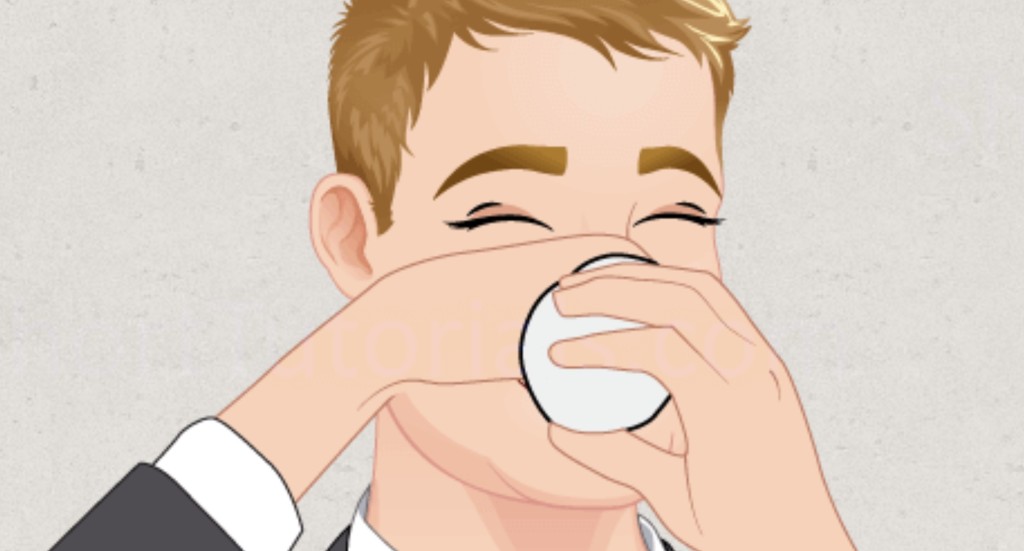
The Cleveland Clinic suggests using this method to unclog ears by pinching your nose and taking a few sips of water to facilitate swallowing and open the Eustachian tubes. It is important to note that the Toynbee maneuver has its limitations.
Blowing too forcefully can potentially cause damage, while blowing against a blocked nose can increase internal fluid pressure, including in the inner ear, which may lead to the rupture of the “round windows.” Therefore, it is advised to exercise caution, avoid excessive force, and limit pressure duration to five seconds to prevent potential harm.
Editor’s Pick: How to Keep AirPods From Falling Out When Traveling?
Candy or Chewing Gum
One method to unclog ears after flying with a cold is to try chewing gum or sucking on candy. According to a study by the National Library of Medicine, chewing gum and swallowing can help activate the muscles that make the eustachian tubes patent during take-off and landing.
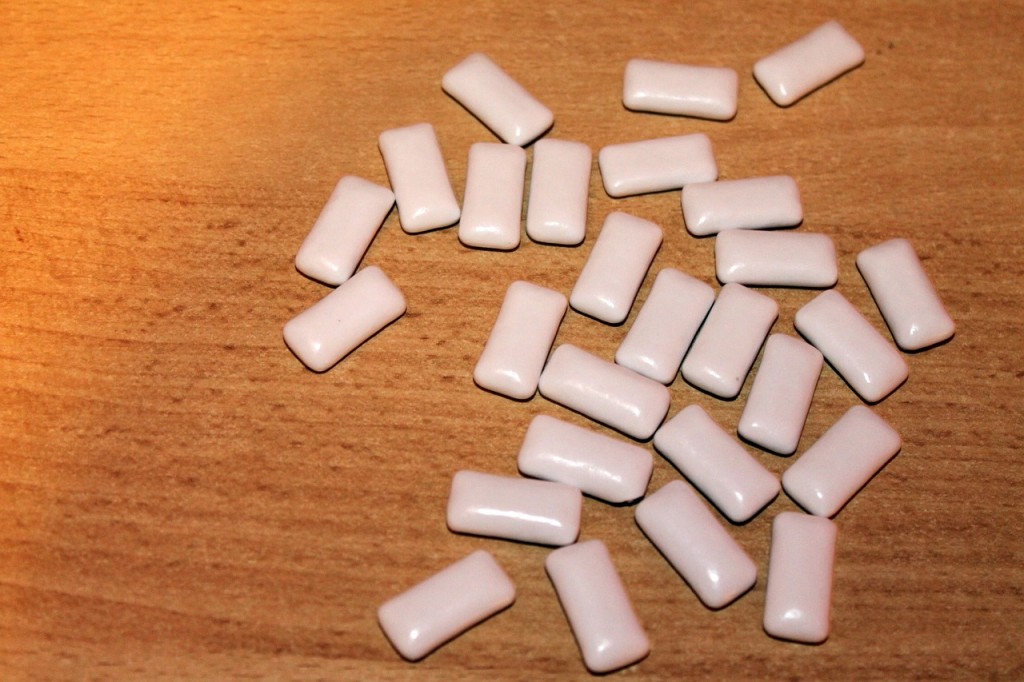
Additionally, ear specialists at Audiology Associates of Southern Oregon also suggest that sucking on candy or swallowing liquid can also aid in unclogging ears.
The reason why chewing gum is so helpful is because of 2 main reasons
- Chewing gum or sucking on candy promotes saliva production, which leads to frequent swallowing. Swallowing helps activate the muscles that control the Eustachian tubes, which can assist in equalizing the pressure between the middle ear and the environment.
- The act of chewing gum requires continuous jaw movement. This movement can help stimulate the muscles surrounding the Eustachian tubes, promoting their opening and allowing air to flow more easily.
Over-the-Counter Medication
Over-the-Counter Medicines are of big help when it comes to unclogging ears after flying with a cold. However, it is important to remember that not every form of OTC works for everyone. Here are a few that you can try
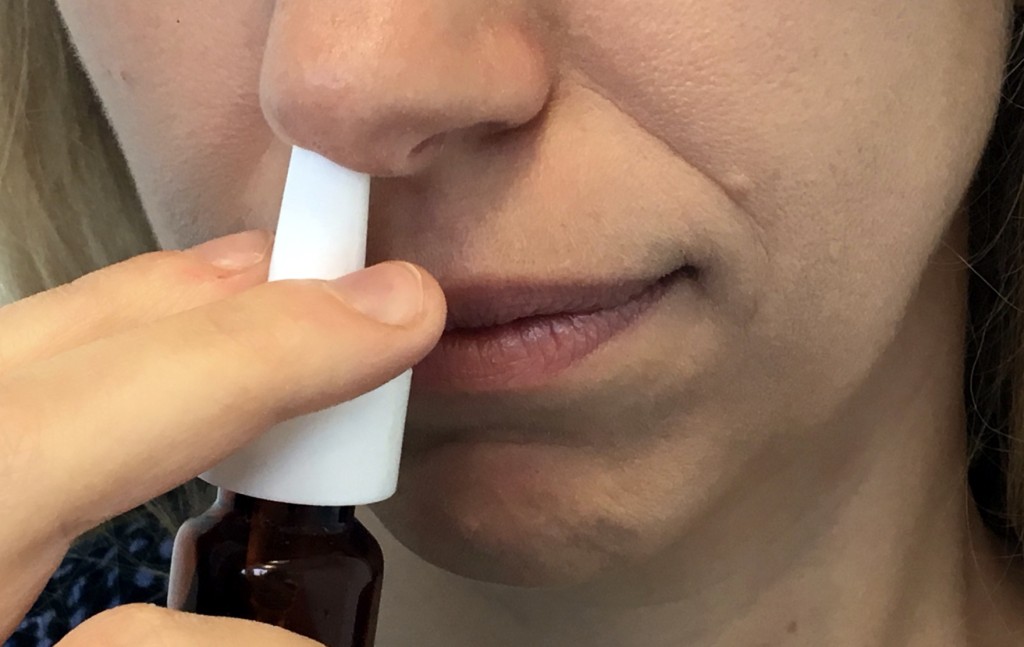
- Nasal decongestant sprays: Sprays such as oxymetazoline or phenylephrine help reduce nasal congestion by shrinking swollen blood vessels in the nasal passages. However, it’s crucial to use them only as directed and for a limited duration, as prolonged or excessive use can lead to rebound congestion.
- Oral decongestants: OTC oral decongestants like pseudoephedrine can also help reduce nasal congestion and potentially relieve ear congestion. However, they may have side effects like increased heart rate and elevated blood pressure. A study by the National Library of Medicine advises this solution!
- Nasal saline sprays or rinses: These products contain a saltwater solution that can help moisturize and clear the nasal passages which reduces congestion. They can provide temporary relief for both nasal and ear congestion. Nasal saline sprays are generally safe and can be used multiple times a day as needed.
- Expectorants: OTC expectorants, such as guaifenesin, can help thin mucus and promote its clearance, which may indirectly relieve ear congestion. However, evidence supporting their effectiveness for ear congestion specifically is limited.
Hydrogen Peroxide or Olive Oil
Olive oil or hydrogen peroxide can help unclog ears by softening and loosening earwax, making it easier for the wax to drain naturally from the ear canal. The application of these substances helps to break down the wax and reduces its blockage, allowing the eustachian tubes to open up and normalize the pressure in the middle ear.
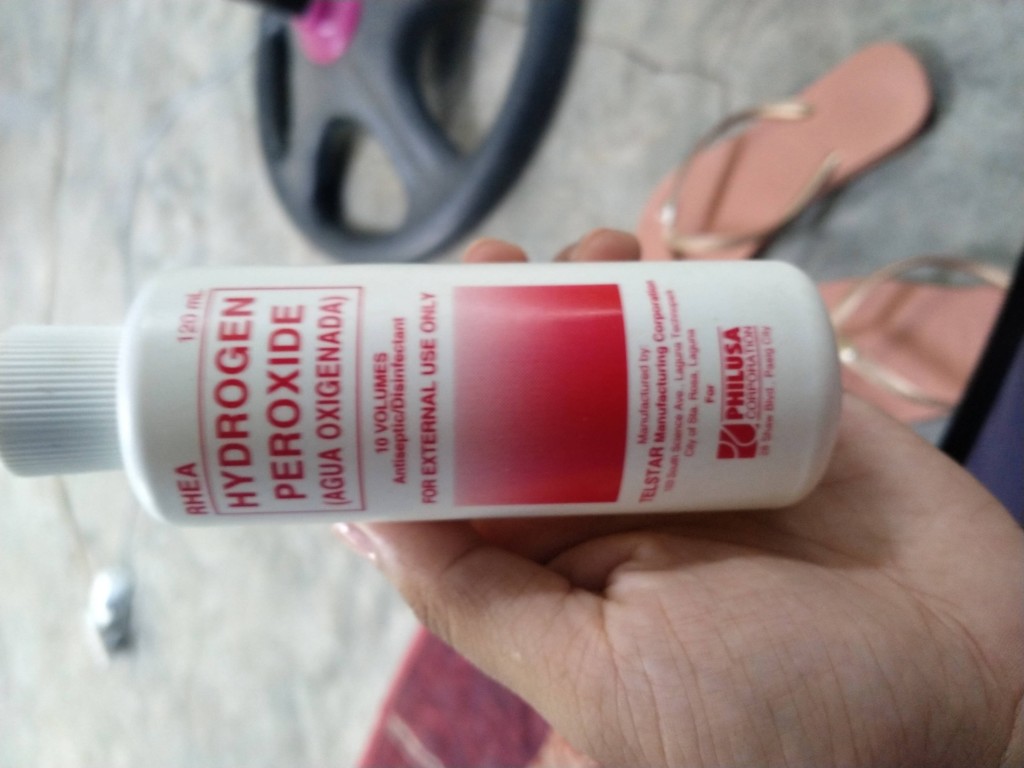
Experts at Healthline have argued that the use of olive oil for ear wax removal assists in ensuring complete wax removal when combined with professional earwax removal techniques. This technique offers a safe and non-invasive approach to unclogging ears, providing relief from discomfort and restoring normal hearing.
Follow these steps for a quick fix!
- Prepare the solution: Obtain lukewarm olive oil or hydrogen peroxide and ensure it is at a comfortable temperature for the ear.
- Lie down on your side: Lie down on a comfortable surface with the affected ear facing upwards.
- Administer the solution: Using an ear dropper, gently introduce three to five drops of lukewarm olive oil or hydrogen peroxide into the affected ear. Allow the drops to enter the ear canal slowly.
- Maintain the position: Stay in the same position for five to ten minutes, allowing the solution to penetrate and soften the earwax.
- Drain the excess: After the designated time, switch sides so that the affected ear is facing downwards. This allows the excess wax and solution to drain out. Place a towel against the ear to catch any liquid.
- Absorb excess liquid: Use a cotton ball or tissue to gently absorb any remaining liquid present at the entrance of the ear canal.
It is important to note that for complete unclogging, repeat this process up to three times a day, depending on the severity of the clog.
Steam Inhalation
According to the Harley Street ENT Clinic, one method recommended for unclogging ears after flying with a cold is steaming. To try this approach, you can follow these steps:
- Boil water and convert it to a large bowl.
- Create a tent by covering both the bowl and yourself with a towel.
- Inhale the steam to help thin the mucus and earwax in your ears.

If desired, you can add a few drops of tea tree or lavender oil to the water for additional pain and inflammation relief. Continue inhaling until you feel your ear canals starting to open up.
Another option is to take a 10-minute shower, allowing the steam to work its magic. It’s important to note that while steaming can be beneficial, it may not be effective for everyone. It’s always recommended to consult with a healthcare professional for personalized advice and to understand the limitations of this method.
Using Teabags
If you are starting to feel that your ears are clogging, one way to fix this is by going for teabag therapy.
Follow these steps:
- Request a tea bag and two cups: Approach a flight attendant and kindly ask for a tea bag and two cups—one empty and one filled with hot water.
- Steep the tea bag: Place the tea bag into the cup filled with hot water and allow it to steep for a few minutes. This will infuse the water with the beneficial properties of the tea.
- Transfer the tea: Carefully transfer the tea from the cup with the tea bag to the empty cup. Make sure to leave the tea bag and a small amount of water in the first cup.
- Retain heat and create steam: Hold the first cup, containing the tea bag and a small amount of water, against your affected ear. The heat retained by the tea bag and the steam generated from the hot water will help alleviate ear pain and discomfort.
- Maintain position: Keep the cup against your ear for a few minutes as this will bring warmth and steam to penetrate the ear and provide relief.

Using this method, the warmth from the tea bag and the steam created by the hot water can help soothe the discomfort caused by clogged ears during a flight. This warmth helps to increase blood circulation in the ear area and relax the surrounding muscles, which can provide relief from pain and discomfort.
Besides, steam has a moisturizing effect and can help to loosen and soften any trapped mucus or congestion in the Eustachian tubes. This can aid in equalizing the pressure between the middle ear and the external environment.
Otovent Auto Inflation Device
One of the new kids on the block in ear healthcare is the Otovent Autoinflation Device. This handy tool works by equalizing pressure in your ears, which can alleviate that clogged sensation. It’s safe, easy to use, and a great option for frequent flyers.
How to Use the Otovent Autoinflation Device?
If you’re unfamiliar with this piece of kit, don’t worry. The Otovent Autoinflation Device may sound complex, but it’s super user-friendly. Here’s the step-by-step guide on how to use it:
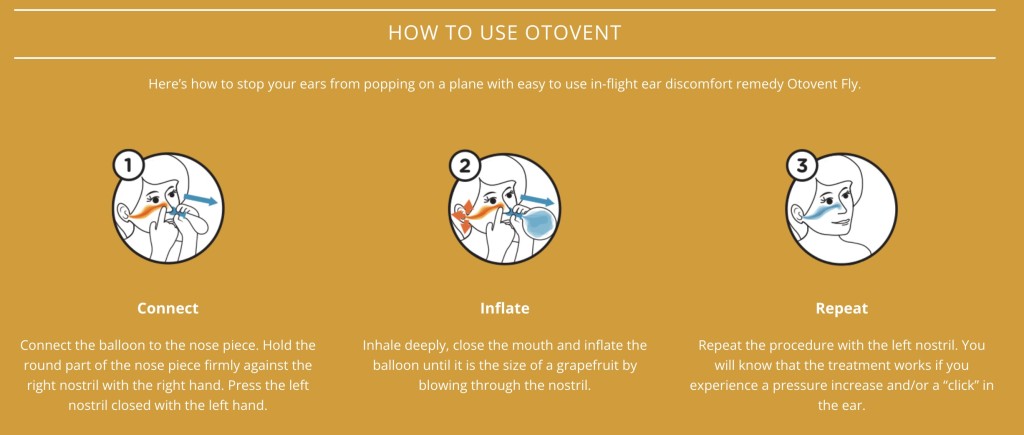
- Unpack the Device: It comes in a compact, travel-friendly package. Make sure you have all the parts – the inflator, a latex balloon, and a plastic nozzle.
- Assemble the Parts: Attach the latex balloon to one end of the plastic nozzle. Connect the other end of the nozzle to the inflator.
- Position the Device: Hold the inflator in your hand, place the nozzle in one nostril and close the other nostril with your finger.
- Inflate the Balloon: Gently squeeze the inflator to inflate the balloon. You should feel a slight pressure in your ear. This is the device equalizing the pressure inside your ear.
- Repeat: If necessary, repeat the process for your other ear. It’s recommended to use the device three to four times a day for maximum relief.
Remember, the Otovent Autoinflation Device is not a replacement for professional medical advice. If your symptoms persist or worsen, be sure to seek help from a healthcare professional.
Pro tip: Always clean the device before and after each use to avoid the risk of infection.
EarPopper Device
Another innovative solution is the EarPopper Device. Clinically tested and doctor-recommended, this gadget gently opens up the Eustachian tubes, helping to relieve symptoms of blocked ears. It’s like a breath of fresh air, for your ears! It works by safely and effectively equalizing the pressure in the middle ear.
How to Use the EarPopper?
- Hold the device in a vertical position with the nosepiece upwards.
- Place the nosepiece firmly against one nostril. Ensure that you’re creating a tight seal.
- Close the other nostril with your finger and swallow while pushing the button on the device.
- You should feel a slight pop in your ears, which indicates that the pressure has been equalized.
- Repeat the process with the other nostril.
It’s essential to remember that while the EarPopper is a handy device, it should complement and not replace professional medical advice. Always consult with a healthcare provider if symptoms persist.
Note: The EarPopper may cause slight discomfort at first, but this should subside as your ears adjust to the pressure change.
Which of these methods listed in the article are verified by health experts?
The methods verified by health experts for unclogging ears after flying with a cold include the Valsalva Maneuver, the Toynbee Maneuver, chewing gum or sucking on candy, over-the-counter medication, hydrogen peroxide or olive oil, steam inhalation, and using tea bags. These methods are supported by various health resources such as Healthline, Mayo Clinic, National Library of Medicine, Audiology Associates of Southern Oregon, Cleveland Clinic, and Harley Street ENT Clinic.
When to See a Doctor for Clogged Ears
When is it time to take that trip to the doctor for Clogged Ears?

Understanding When It’s Doctor Time
Traveling while under the weather is tough enough, but when it comes to an annoying ear clog post-flight, it can be downright unbearable. While mild discomfort can be easily managed at home, there are certain instances when it’s best to consult a health professional.
Signs that it’s time to see a doctor include severe pain, prolonged symptoms lasting over a week, or if you experience dizziness or hearing loss. A sudden discharge from your ear also necessitates a visit to a physician. Don’t hesitate, your hearing health is paramount!
Unresolved Symptoms
If your clogged ears don’t clear up within a few days post-flight, it’s time to consider professional help. Flying with a cold can exacerbate ear congestion, which typically resolves on its own. But if your symptoms persist, don’t play the waiting game. Instead, put your health first and make that appointment.
Severe Pain or Discharge
A little discomfort is par for the course, but severe ear pain or discharge is a clear sign something’s not right. These could indicate an ear infection or even a ruptured eardrum. These conditions are nothing to sneeze at, so if you’re experiencing these symptoms, it’s definitely time to see a doctor.
Accompanying Symptoms
Are you also experiencing dizziness, severe headaches, or high fever? These symptoms, combined with persistent ear congestion, could indicate a more serious health issue. Don’t take any chances – seek medical advice immediately.
The bottom line? Listen to your body. If something feels off, it probably is. And remember, your health is always worth it.
How Can Clogged Ears Be Prevented Next Time?
Preventing ear blockage is key to avoiding discomfort. To ensure clear eustachian tubes during your next flight, here are some effective strategies to implement:
- Take Sudafed or a decongestant one hour before the flight.
- Wear earplugs to alleviate air pressure during the flight.
- Use nasal spray before boarding and 45 minutes before landing.
- Chew gum, yawn, or suck on hard candy during takeoff and landing to equalize pressure.
Read Next: How to travel with Insulin: Tips and Tricks
Conclusion
Next time you find yourself with clogged ears after a flight, fear not! Our comprehensive guide has provided you with all the necessary solutions to tackle this problem head-on. With a range of techniques, you’ll be well-equipped to restore comfort and clarity to your ears. Just remember to follow the instructions carefully, as some methods, like the tea bag method, involve the use of hot liquids which can require a bit of extra caution.
How To Unclog Ears After Flying With A Cold? - FAQs
During a flight, changes in air pressure can cause the Eustachian tubes, which connect the middle ear to the back of the throat, to become blocked. When you have a cold or congestion, the Eustachian tubes may already be partially blocked, making it more challenging for air to flow and leading to a clogged sensation in the ears.
Chewing gum or sucking on candy can help unclog ears by promoting swallowing and jaw movement. These actions can help open up the Eustachian tubes and regulate the pressure in the middle ear.
Yes, allergies can contribute to clogged ears. Allergies can cause nasal congestion and inflammation, which can affect the Eustachian tubes and lead to ear congestion.


